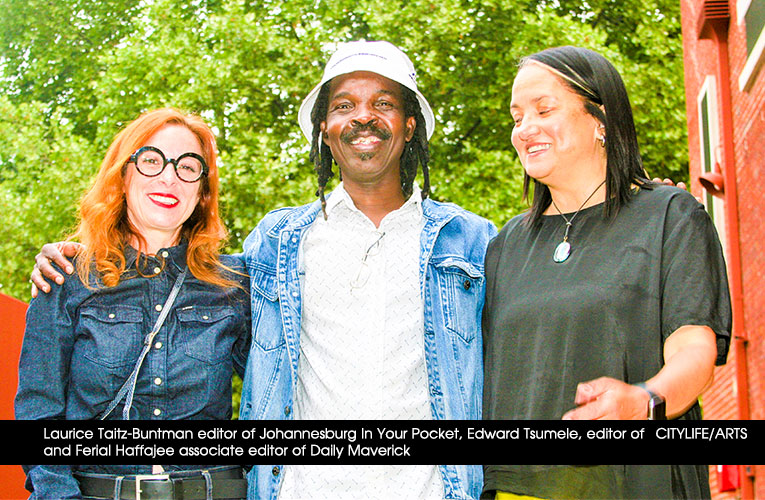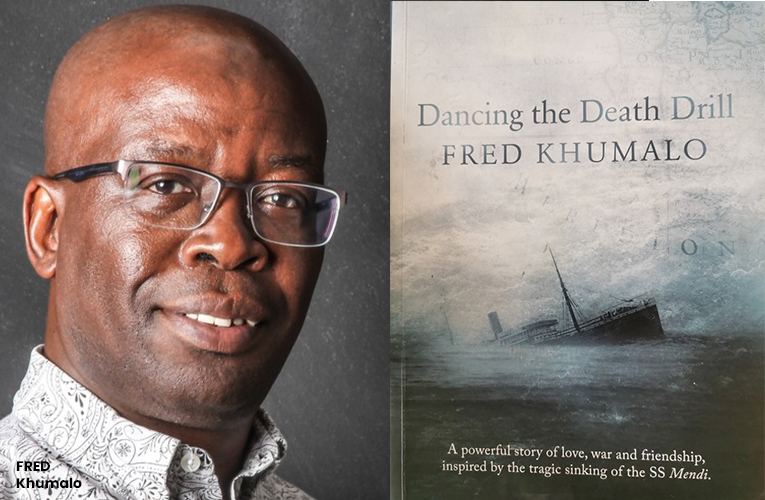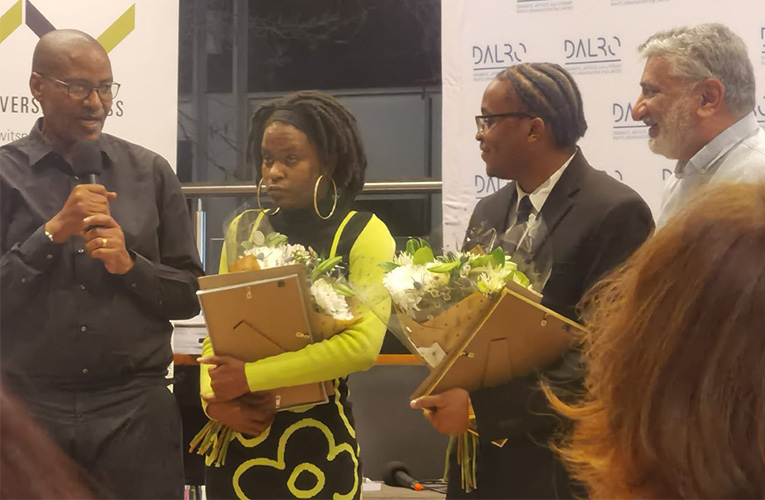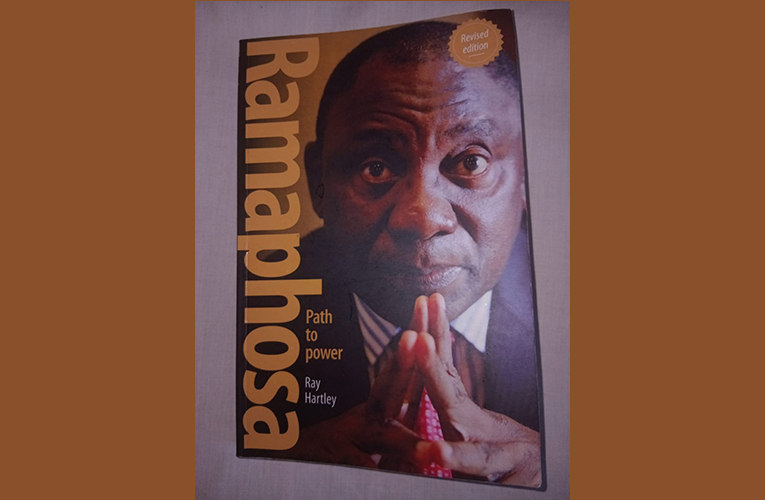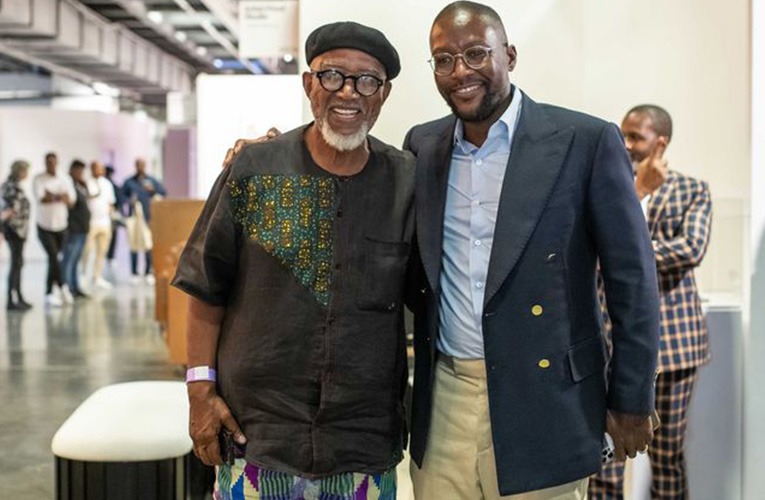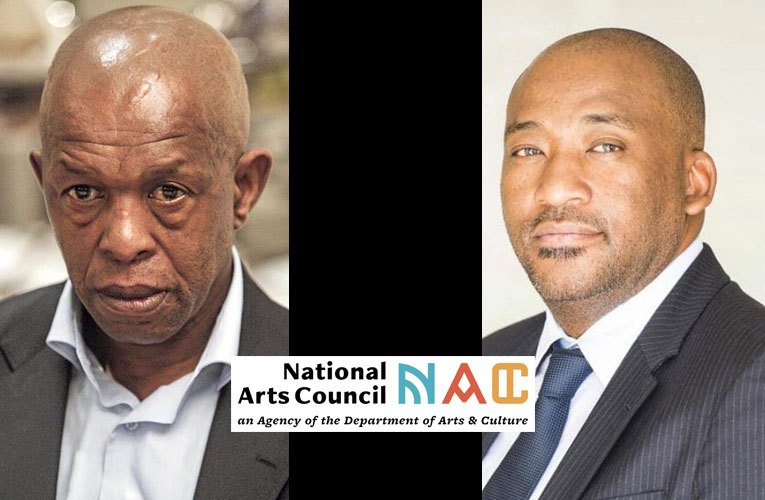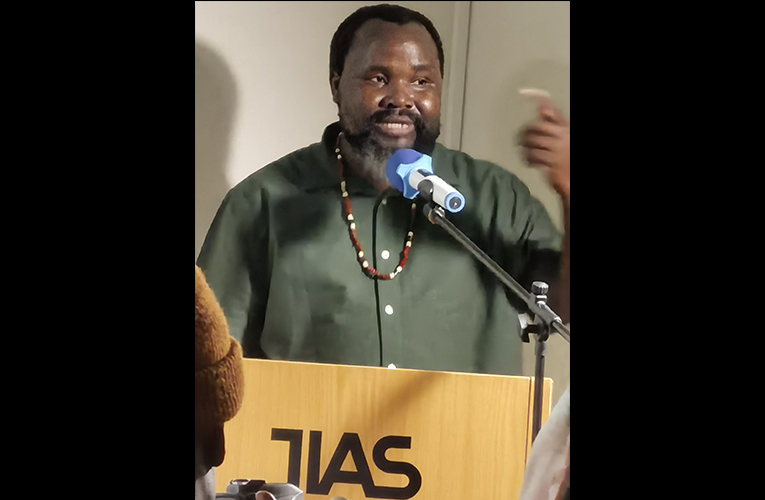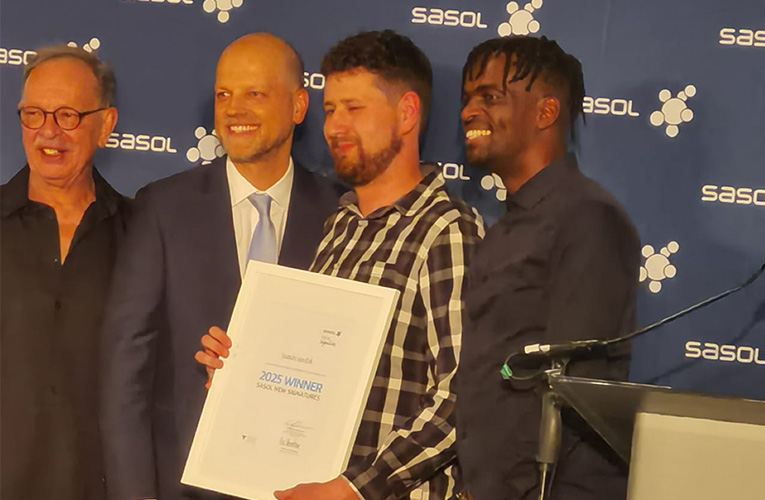Academic researcher Professor Neelika Jayawardane, lauds the work of young photographers from Thokoza
By Edward Tsumele, CITYLIFE/ARTS Editor
This current crop of photographers represent the best of contemporary photography practice in South Africa right now, particularly documentary photography. They continue to win prestigious international awards and get hosted at prestigious international residencies- from Paris to Belgium. They are clearly a new photographic voice to take note of, coming from a township that has been scarred by a complicated past, a dark history of violence that took place on the cusp of freedom in 1994.
They on Wednesday, 3 September 2025, were hosted by the Johannesburg Institute for Advanced Study, (JIAS) where they had an illuminating conversation with researcher and academic Professor Neelika Jayawardane (Senior Research Associate at JIAS). Not only did the three photographers speak about their inspiring journeys from humble origins into internationally lauded visual story tellers, but also their mind about what it means to be a black documentary photographer in South Africa today, hailing from the township.
Prof. Jayawardane framed her conversation about the work that the young crop of South African photographers who belong to a Thokoza based photography mentorship initiative called Of Soul &Joy by quoting Rags Media Collective. The collective describes photography as “event shaped holes.” This speaks to the idea of photography providing evidence of an event, something that becomes important particularly in a situation of contested histories, such as is the case with South Africa.
For example, the professor referenced the role that photography played during the Truth and Reconciliation Commission proceedings in South Africa when those who committed politically motivated crimes during apartheid could confess their crimes in return for amnesty from prosecution for their crimes. Many apartheid rogue elements, including those who committed heinous crimes, such as political assassination got amnesty that way.
In the absence of other evidence, photography especially documentary photography, provided the evidence of the crimes. Therefore the work of photographers such as Jo Ractliffe became important especially when it came to the issue of the notorious Vlaakplaas. For example showing the picture of Jann Turner, the daughter of the late apartheid victim Rick Tanner standing next to Eugene de Kock. He is the man at the centre of the deadly deeds that happened at that place, including murders and other unprintable cruelties visited upon freedom fighters that found themselves the target of this notorious police unit during the apartheid years.
The professor connected the importance of photography during the dark years of South Africa with the importance of contemporary documentary photography such as that produced by the photographers of Of Soul &Joy today.
“What I like the most is the work of Lindokuhle Sobekwa, especially a photograph titled I carry Her Photo with Me. This is in reference to his sister who left home at the age of 12 and only to come back to the same place years later to die shortly. That removes the whole notion of Rainbowism which the political elite in the early 2000s spoke so much about to obfuscate centuries of land dispossessions,” the professor said.
However after the researcher’s presentation, produced after she spent time researching the work of the photographers working under the auspices of Of Soul& Joy, it became clear that her paper locates the work the photographers are producing within the practices and traditions of work of other important documentary photographers who emerged out of this country, such as Santu Mofokeng, George Hallet and David Goldblatt, among others.
After her presentation, it was time for the three participating photographers to take the podium.
Sibusiso Bheka, who was one of the three photographers who presented his work alongside two others-Tshepiso ka Mazibuko and Jabulani Dhamini, said that where he comes from, Thokoza, it is a violent place with a dark history when members of Inkatha Freedom and the ANC were at each other’s throats in the early 1990s, shortly before the country gained its freedom in 1994.
Ï was not born then, but the evidence of that violence is there. My work is therefore pretty much informed by that violence. When I started in photography, which is in 2015, I created a series titled Stop Nonsense. In the township Stop Nonsense which is a wall erected to exclude those coming from outside, sometimes also refers to the nonsense that emanates from inside such a household. In my practice I like taking photographs in the night, especially around the light posts. These light posts, whose history is located within apartheid spatial planning tradition that made sure that every township have these lights posts. Always one light that is shared by several homes. When one takes a photograph of the light post it casts dark shadows and orange colours. I have also noticed that when I take a picture, I am actually taking photographs of things that are happening outside the frame,”Bheka explained.
He has had a good share of international limelight, enjoying prestigious international residencies including in Paris, just like Mazibuko and Dhlamini.
“However whenever I am outside the country in residencies, the way I approach my practice is that I always take something from home with me. How I see and photograph the environment where I will be, is informed by what I have taken with me from home,” he said.
Mazibuko who was part of the first cohort of photographers under the auspices of Of Soul & Joy in 2015, together with Bheka and others, said that she no longer calls herself a photographer, but rather prefers to call herself a visual poet these days.
“I started at the same time as Sibusiso and I was the only woman among them. I did not choose photography, rather photography chose me. What happened is that when I was at school, I worked hard and was smart in other subjects that I thought would take me where I wanted to go academically. Where I would be able to get a job that would, pay me well. However at the same time, I always followed the work of documentary photographers such as Andrew Tshabangu and Santu Mofokeng, whose book titled Following Shadows actually opened my eyes. However when I went to the Market Photo Workshop, I realised that photography was not what I thought it was,” she said.
Mazibuko said that when her cohort started they had wanted to create an archive of their own as they saw that there was no archive of their township created by local people, with existing archives having been created by people from outside Thokoza, such as The Bang Bang Club.
“However soon I became rebellious against the world of art, especially after getting residencies, staying in top hotels only to come back and sleep in my grandmother’s dining room. Now I am no longer at home, raising the issue of whether or not I can still claim that in my practice I represent the township especially because these days I take photographs of moments and my friends where I am. In any case the burden of representation is problematic especially because the photographic gaze is not a neutral one. You cannot be objective and that is also why in my photographic practice I hardly photograph women in the name of representation. Also I cannot carry the burden of representing my township even though I cannot run away from my township because it has made me who I am today. And so that is why I have stopped calling myself a photographer, but rather a visual poet. I refuse to be called a township photographer,”Mazibuko said.
Dhlamini who is also the project manager of Of Soul & Joy said that through the practice of photography, which he started in his Soweto township, taking photographs of especially women at the beginning of his career, he has found healing at a personal level as well as beyond.
“For me photography is about healing, not only for me but the person whose photograph I am taking. This healing is necessary because of the history of where we come from as a country. And so I find photography to be healing personally but also the people whose pictures I am take,” he explained.


